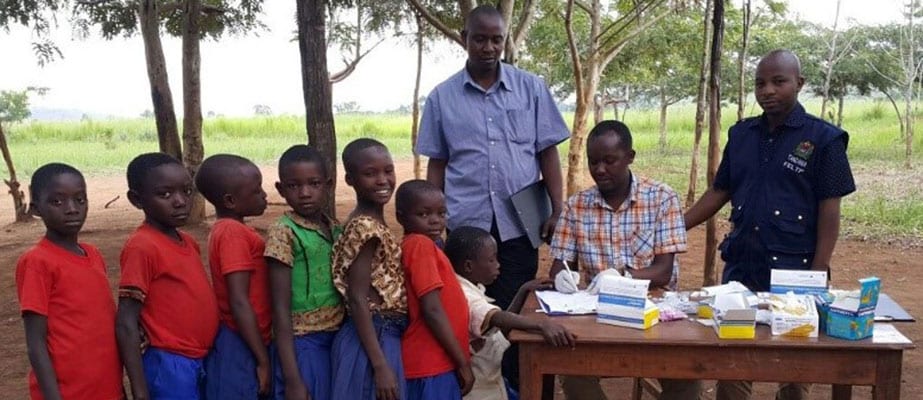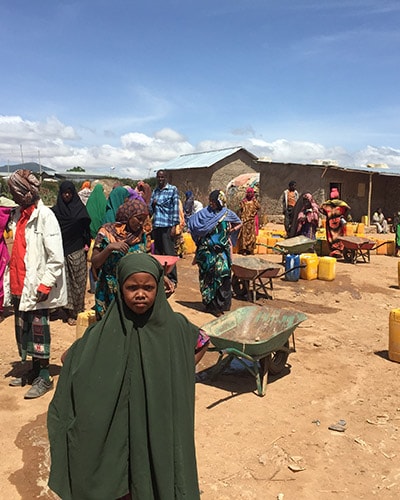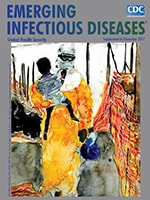Updates from the Field: Winter 2017, Issue 26
Global Health Protection in Action

Field investigation of an outbreak affecting schoolchildren in Kajana Village, Tanzania, 2017.
Getting Ahead of the Next Pandemic
The Division of Global Health Protection works to protect Americans and people worldwide from public health threats by working with partners to build capacity, advance research, and respond in times of crisis. In this issue of Updates from the Field, learn how we empower countries to eliminate outbreaks abroad, so we don’t have to fight them here at home. To print this issue, please go to Updates from the Field Issue 26 – Print Version [16.3MB, 20 Pages].
Director’s Message
Why It Matters: The Pandemic Threat
2017 DGHP by the Numbers
PREVENT
- How Colombia Simulated a Deadly Outbreak to Prepare for the Pope’s Visit
- Reducing the Risk of Bioterrorism and Laboratory Dangers
- Three Ways NCDs Impact Global Health Security
DETECT
- Motorcycles Speed Diagnosis in Liberia
- Tanzania’s Disease Detectives Crack a Complicated Case
- Vietnam Tracks Multi-drug Resistant Bacteria
RESPOND
- Responding Faster than Ever in the Hot Zone
- Hurricane Season 2017: Emergency Responders at the Ready
…AND BEYOND
Read more global health stories that highlight our work:
- A Global Roadmap to End Cholera
- Continuing the Fight Against Zika
- Infographic: Strengthening Public Health Across Africa

CDC stands ready to join the fight against life-threatening epidemics, whenever and wherever they strike.
Photo: Anu Rajasingham, CDC.

The threats keep coming: SARS in 2003; pandemic influenza in 2009; the largest Ebola outbreak in history in 2014; Zika in 2015. Since then, there have been regional outbreaks of chikungunya, yellow fever, and H7N9 influenza, among hundreds of others. And multidrug resistant superbugs have emerged globally in just the past few years. How does CDC fulfill its mission to keep America safe from dangerous diseases?
The first-ever special supplement to CDC’s Emerging Infectious Diseases (EID) journal details progress made in preventing, detecting, and responding to public health threats around the world.
EID is a peer-reviewed journal established to promote the recognition of new and reemerging infectious diseases around the world. The special supplement on global health security includes more than 30 articles with details and examples of how CDC is advancing global health security in collaboration with Ministries of Health, the World Health Organization, U.S. governmental agencies, and external partners.
Articles in the supplement demonstrate how CDC’s global health security work has strengthened public health response capabilities, particularly in the areas of surveillance, laboratory, workforce, emergency management and response, and timely evaluation and research.
Learn more about these accomplishments and the key ideas behind our work on the EID Supplement page.